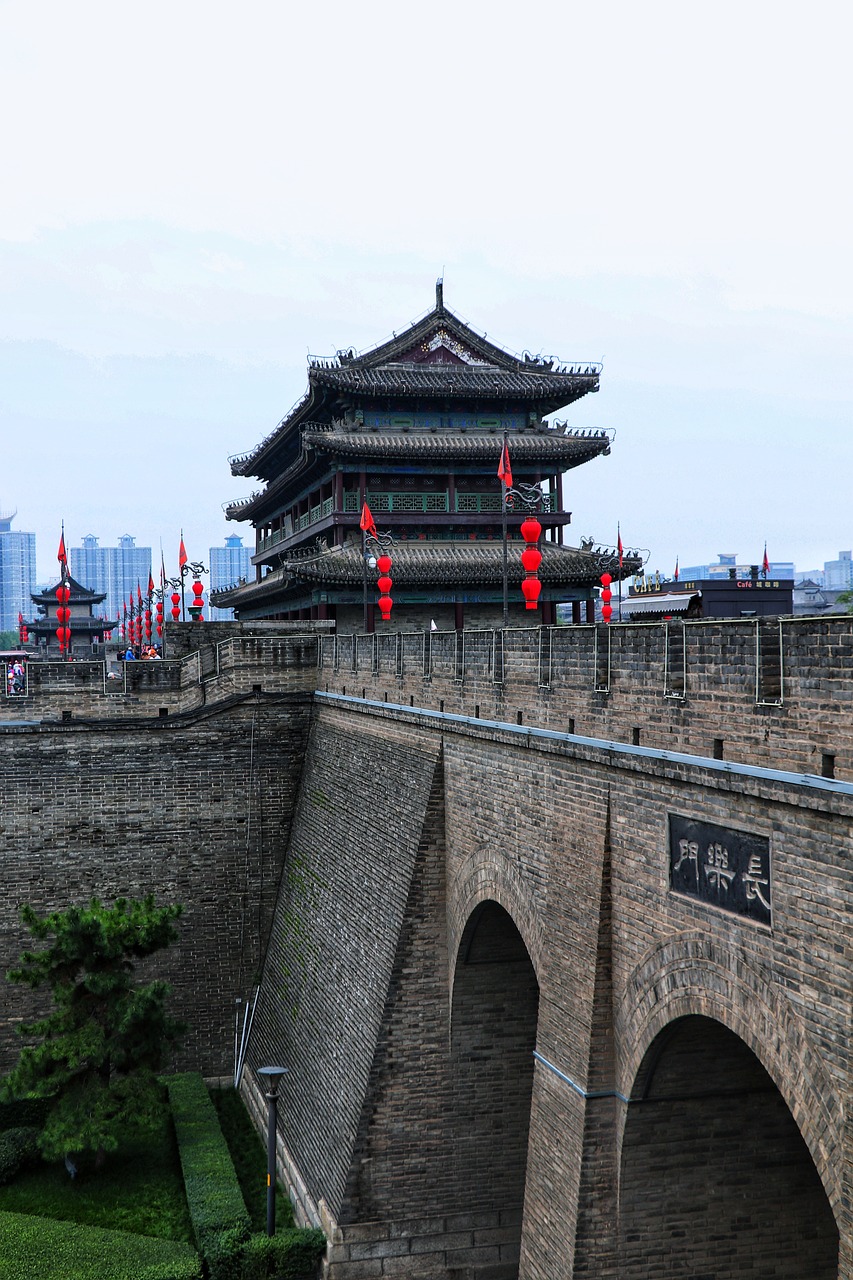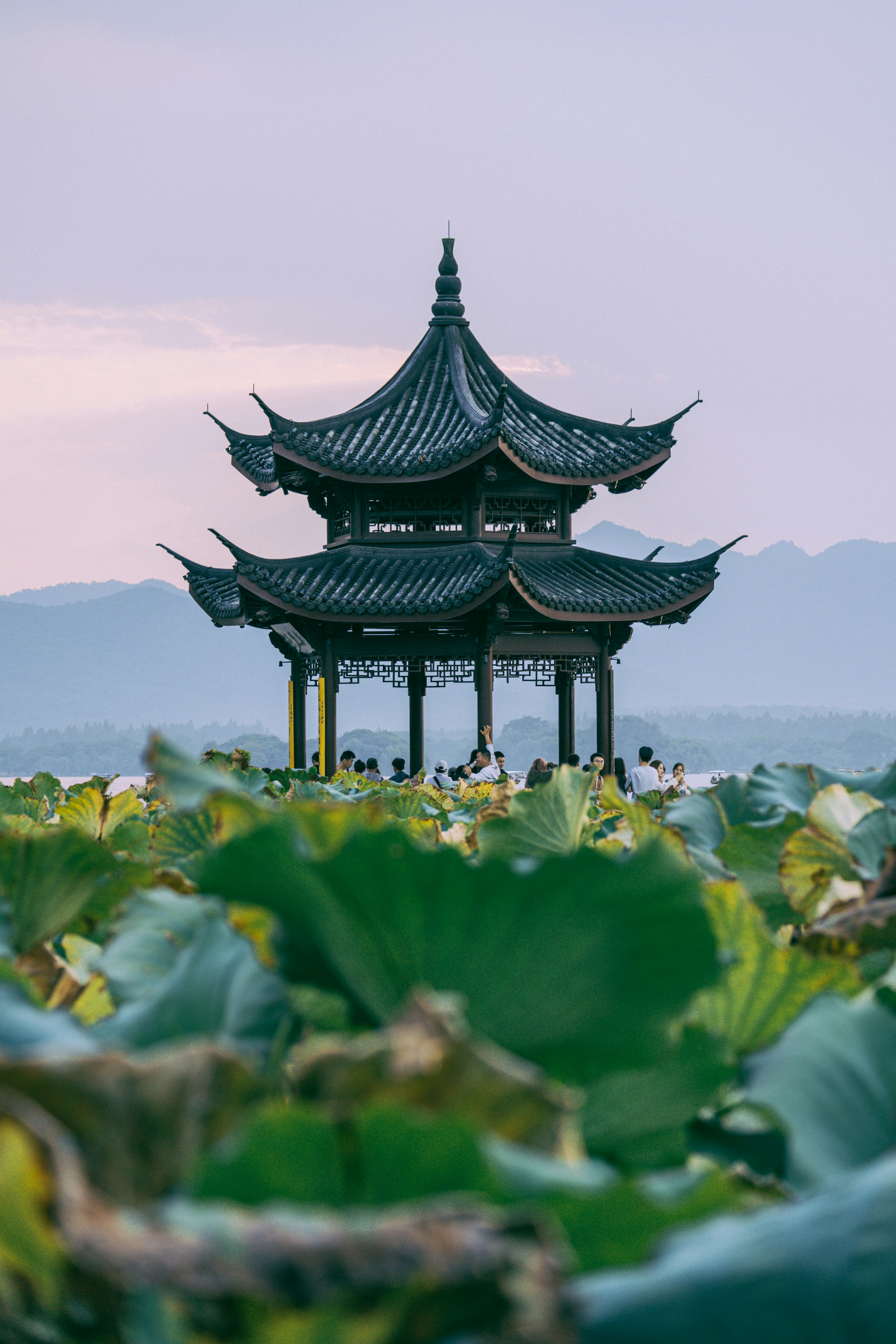Journey Through Time: China's Ancient Capitals 🏯🇨🇳
Explore the majestic cities that once ruled the Middle Kingdom, each a testament to China’s rich history and enduring cultural legacy.
China’s long and complex history is reflected in its numerous ancient capitals, each marking a different dynasty or period of rule. These cities, some still thriving metropolises and others now archaeological wonders, offer a fascinating glimpse into China’s past, showcasing the evolution of Chinese architecture, urban planning, and imperial power.
Xi’an: The Eternal City

- Dynasty: Qin, Han, Sui, Tang
- Highlights: Terracotta Army, City Wall, Wild Goose Pagoda
- Historical Significance: As Chang’an, it was the starting point of the Silk Road
Xi’an, formerly known as Chang’an, served as the capital for more dynasties than any other city in China. Its most famous attraction, the Terracotta Army, guards the tomb of Emperor Qin Shi Huang, who unified China in 221 BCE.
Beijing: The Northern Capital
- Dynasty: Yuan, Ming, Qing
- Highlights: Forbidden City, Temple of Heaven, Great Wall
- Historical Significance: Center of power for the last three imperial dynasties
Beijing’s layout, with the Forbidden City at its heart, exemplifies Chinese geomancy and imperial urban planning. The city’s hutongs (narrow alleys) offer a glimpse into traditional life amidst modern development.
Nanjing: The Southern Capital
- Dynasty: Six Dynasties, Ming
- Highlights: Ming Xiaoling Mausoleum, City Wall, Confucius Temple
- Historical Significance: Capital of the Ming Dynasty before Beijing
Nanjing, meaning “Southern Capital,” has a rich history as a cultural and political center. Its massive city wall, built during the Ming Dynasty, is one of the best-preserved in China.
Luoyang: The City of Peonies

- Dynasty: Eastern Zhou, Eastern Han, Sui, Tang
- Highlights: Longmen Grottoes, White Horse Temple
- Historical Significance: Birthplace of Chinese Buddhism
Luoyang’s strategic location in the fertile Yellow River Valley made it a natural choice for many dynasties. The nearby Longmen Grottoes, with thousands of Buddhist carvings, attest to its religious importance.
Kaifeng: The City of Calligraphy
- Dynasty: Northern Song
- Highlights: Iron Pagoda, Dragon Pavilion, Millennium City Park
- Historical Significance: Cultural and economic center of the Song Dynasty
Kaifeng, once one of the largest cities in the world, was the capital of the Northern Song Dynasty. Famous for its cultural achievements, particularly in painting and calligraphy, Kaifeng’s layout influenced many later Chinese cities.
Hangzhou: Paradise on Earth

- Dynasty: Southern Song
- Highlights: West Lake, Lingyin Temple, Grand Canal
- Historical Significance: Inspiration for Chinese garden design and poetry
Marco Polo described Hangzhou as “the finest and most splendid city in the world.” Its West Lake, surrounded by temples and gardens, has inspired Chinese artists for centuries.
Anyang: Cradle of Chinese Civilization
- Dynasty: Shang
- Highlights: Yinxu ruins, Oracle Bone pits
- Historical Significance: Earliest archaeological evidence of Chinese writing
The ruins of Yin, the last capital of the Shang Dynasty, provide invaluable insights into early Chinese civilization, including the origins of Chinese writing in the form of oracle bone inscriptions.
Preserving the Past, Building the Future
China’s ancient capitals are not mere relics of the past; they play a crucial role in modern China’s cultural identity and tourism industry. Efforts to preserve these historical sites while accommodating modern development present ongoing challenges and opportunities.
The Legacy of Ancient Capitals
Each of these cities tells a unique story of China’s imperial past, reflecting the political, cultural, and technological achievements of their respective eras. From the warrior emperors of Xi’an to the scholar-officials of Kaifeng, from the imposing walls of Nanjing to the serene gardens of Hangzhou, China’s ancient capitals offer a journey through time, allowing visitors to walk in the footsteps of emperors and experience the grandeur of Chinese civilization.
As you explore these magnificent cities, you’ll discover that the legacy of China’s imperial past continues to shape its present and future. Whether you’re marveling at the precision of ancient urban planning, admiring the artistry of imperial architecture, or simply soaking in the atmosphere of streets steeped in history, China’s ancient capitals promise an unforgettable journey through the heart of Chinese culture and heritage.